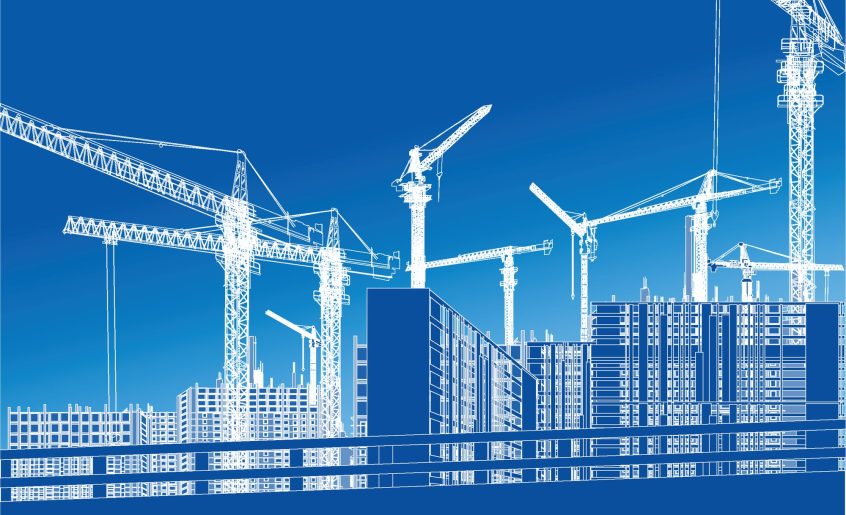Smart home technology integration lets homeowners remotely control and control their thermostats, look over surveillance footage from security cameras and set up the lighting of their outdoor and indoor areas. A homeowner could save money and energy by integrating smart home technology.
An internet connection that is reliable is necessary for the seamless connection xay nha tron goi gia re of home automation technologies. This can make them more vulnerable to disturbances.
New Constructions
After years of wait, smart home technology finally becomes a common feature for newly built homes. Toll Brothers luxury homes and others across different markets include connected systems that control lights, temperature and so on.
Smart home systems automate gadgets in your home that improve energy efficiency safety, security, comfort and design. Homeowners can connect with and remotely manage their home appliances and other systems through a smartphone or other gadget.
As many smart products have connectivity and share data and data, they work together. Blinds that are automatically adjusted in response to the changing of the sun through the day will lower glare, shield flooring and art and even reduce the temperature. Smart refrigerators also detect that you’re running low on milk, and then add it to your list of items to buy.
Benefits
Homeowners can automate their tasks by using smart technology and control their devices using their hands. Smart technology allows homeowners to automate tasks and control their devices through the palm of their hands.
The smart home also can help homeowners reduce their consumption of energy by using systems that display how much energy is consumed by each gadget. This system can also assist homeowners find appliances with high energy consumption that are constantly operating but aren’t being utilized. They can cut down on their energy bills.
This technology automatically turns off the lights in rooms that are not being used which can save on electricity costs. This technology also adjusts temperatures according to the daily pattern in order to ensure not overheating. It also provides information regarding the amount of energy being consumed by devices such as smart light bulbs and switches, door locks as well as the dishwasher or washing machine.
Trends
Technology for home automation has advanced to be precisely matched to the user’s customized demands and needs. Smart thermostats have the ability to adapt temperature settings to the household’s routine and routine. Smart lighting systems are integrated with customizable mood settings for every occasion. The doorbells with touchless technology are a new design that lets visitors make their presence known without touching the same surface, which could spread bacteria.
The technology companies also focus in making it simpler for homeowners to install and use smart devices. By using a smartphone with Wi-Fi connectivity, most homeowners are able to connect and manage their smart devices regardless the level of technology they have. It is possible to utilize smart devices with ease is especially important following the Coronavirus epidemic. Smart home security, robotics and personalized health management are just a few of the trends.
Considerations
Although the ease of using smart home technology has several benefits for home owners, there’s few things to be considered before installing this tech. The first is that this system could be a security threats and could require an expert installation.
A further concern is how these technologies affect the power dynamics between humans and machines. Hildebrandt visualizes the future in a computer-controlled house populated with sleeping residents that interact with each other via their personal digital assistants. Wong, et. as. cautions against the possibility that SHTs could affect the way people interact with each other and machines.
Finally, the smart home technology depend on a reliable internet connection in order to work. A weak or unreliable connection could cause device failure or even a complete outage. It is therefore crucial to invest in a reliable internet service provider like Optim Managed Wi-Fi for the best performance.
Scalability
The smart home you choose to install must be flexible, as technology evolves constantly. This means that it must be capable of handling new devices, incorporate new technology and adapt to changes in the way of life. A professionally-installed smart home system excels at this.
If you’d like to be sure your home automation system is able to grow, you need to select a platform that is flexible, that has built-in support for wireless connectivity standards such as Z-Wave or Zigbee. It’s also important to consider your options for cellular device integration. The process of certifying cellular devices can be complicated and time-consuming, requiring discussions with several carriers around the world.
Ultimately, an intelligent home system will provide you with assurance that it will satisfy your ever-changing demands. You can avoid the expense of expensive hardware, cell and software installation by choosing a system for your smart home that allows upgrades to be completed seamlessly and without any downtime.

